Tracing the intricate interactions between yeasts, apes, and early human ancestors, Rob Dunn reveals how yeasts have shaped our biology, diets, and even societal structures.
Humans engage in mutualisms (mutually beneficial relationships) with many species; scientists describe a subset of these relationships as domestication, where one species exerts control over the other. For example, we might say that leaf-cutter ants have domesticated the fungi that they grow to feed their babies, or that some ants have domesticated the aphids that they rely on as cattle, ferrying them from branch to branch and protecting them from predators and parasites. Generally, when a mutualism involves an animal and a plant or an animal and a fungus, we describe the animal as domesticating the plant or fungus. But often this distinction is unclear; one could easily argue, for example, that fungi have domesticated leaf-cutter ants as demonstrated by the extent to which they have altered the behaviour, diet, reproduction and even the shape and size of the ants. One could also argue, as I do here, that yeasts have domesticated humans.
For tens of millions of years, the ecology of yeasts was a story of the relationship between plants, sugar and insects. Yeasts are single-celled fungi that tend to live sweet, sugar-dependent lives. They eat sugar and, in doing so, produce carbon dioxide and/or alcohol as waste. The challenge for yeasts has long been that, lacking legs, wings or even flagella, they are relatively unable to reach the sugar they need in sap or nectar. Yeasts deal with this problem by catching rides from sugar-loving insects such as wasps or fruit flies. The yeasts produce aromas specifically tuned to the smell receptors of insects (Christiaens et al. 2014). The insects follow their “noses,” as it were, to the good smells, find nectar and, also, unwittingly carry the yeasts from here to there and back again (Madden et al. 2018). The guts of social insects, such as wasps, have also been shown to be safe places for yeasts to overwinter, protected from the elements (Stefanini et al. 2016). In some cases, the insects also benefit from these relationships in that they can use the aromas produced by yeasts – e.g., the smells of beer, wine or bread – to find sugar sources. Yeasts and insects, then, are in relationships in which the yeasts benefit from the insects and the insects sometimes benefit from the yeasts. The relationship, however, is neither so intimate nor so specialized that one might describe it as domestication. Then apes evolved.
___
The relationship was sufficiently transformative so as to alter the genomes of every ape to have lived since, including every human.
___
We now know that at some point around ten million years ago – about the time of the common ancestor of orangutans, gorillas, chimpanzees and humans – apes entered into a new relationship with yeasts. The relationship was sufficiently transformative so as to alter the genomes of every ape to have lived since, including every human. It is thought that apes first encountered yeasts in rotten fruits. When fruits rot, they can become covered in filamentous fungi (AKA, mold), which is often unsafe to ingest. They can become colonized by lactic acid bacteria – like those found in yogurt – in which case they become acidic and safe to eat (think sauerkraut). Or they can become colonized by yeasts and become alcoholic. In practice, many tropical fruits are probably a mixture of lactic and alcoholic, like sour beer.
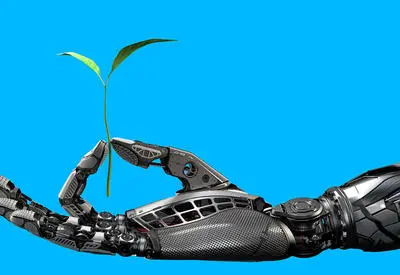 SUGGESTED READING
Nature is a jazz band, not a machine
By Jeremy Lent
SUGGESTED READING
Nature is a jazz band, not a machine
By Jeremy Lent










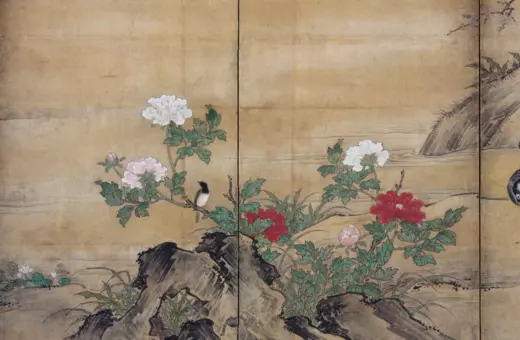


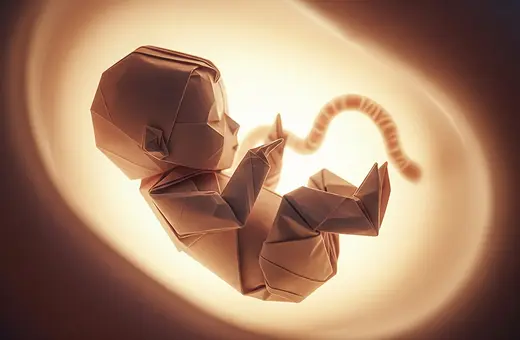

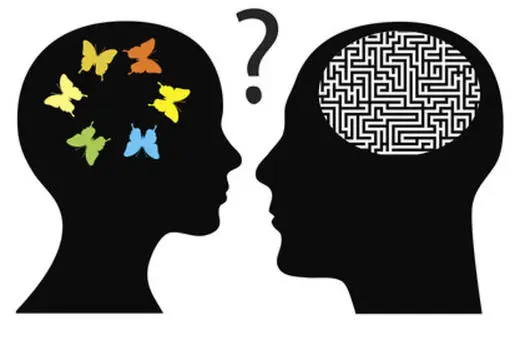
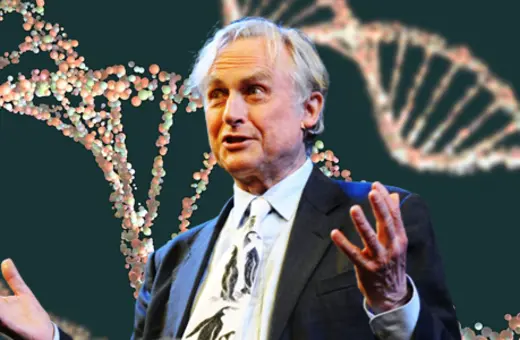

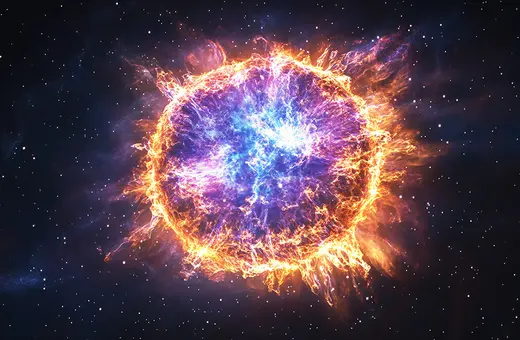
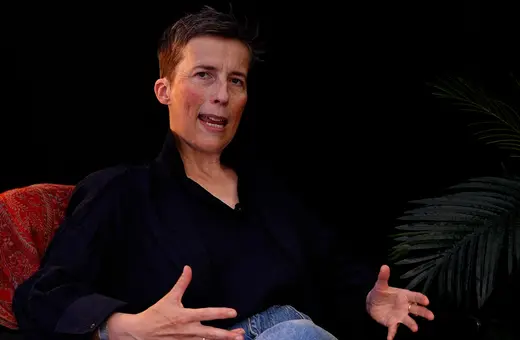
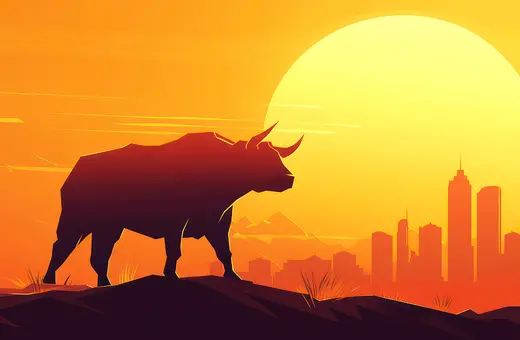
Join the conversation